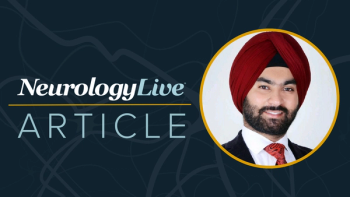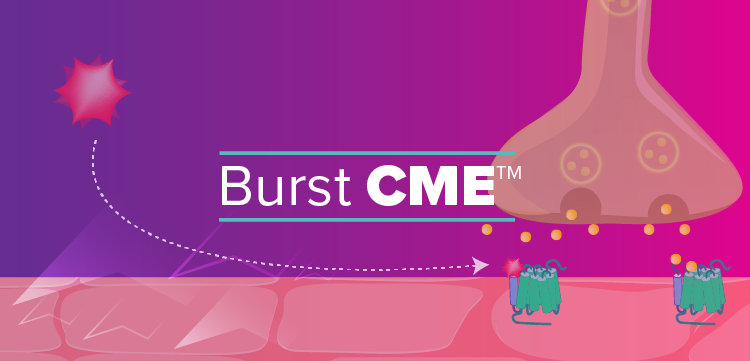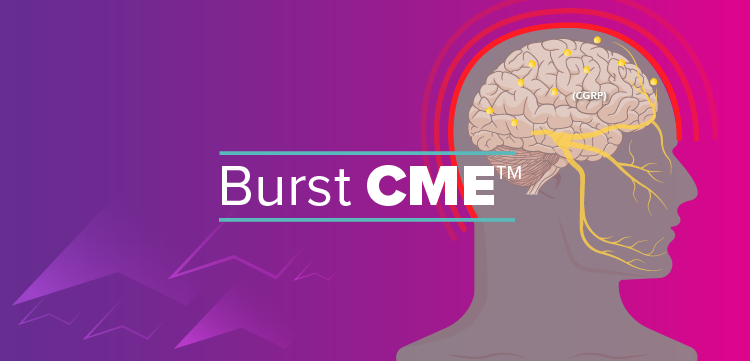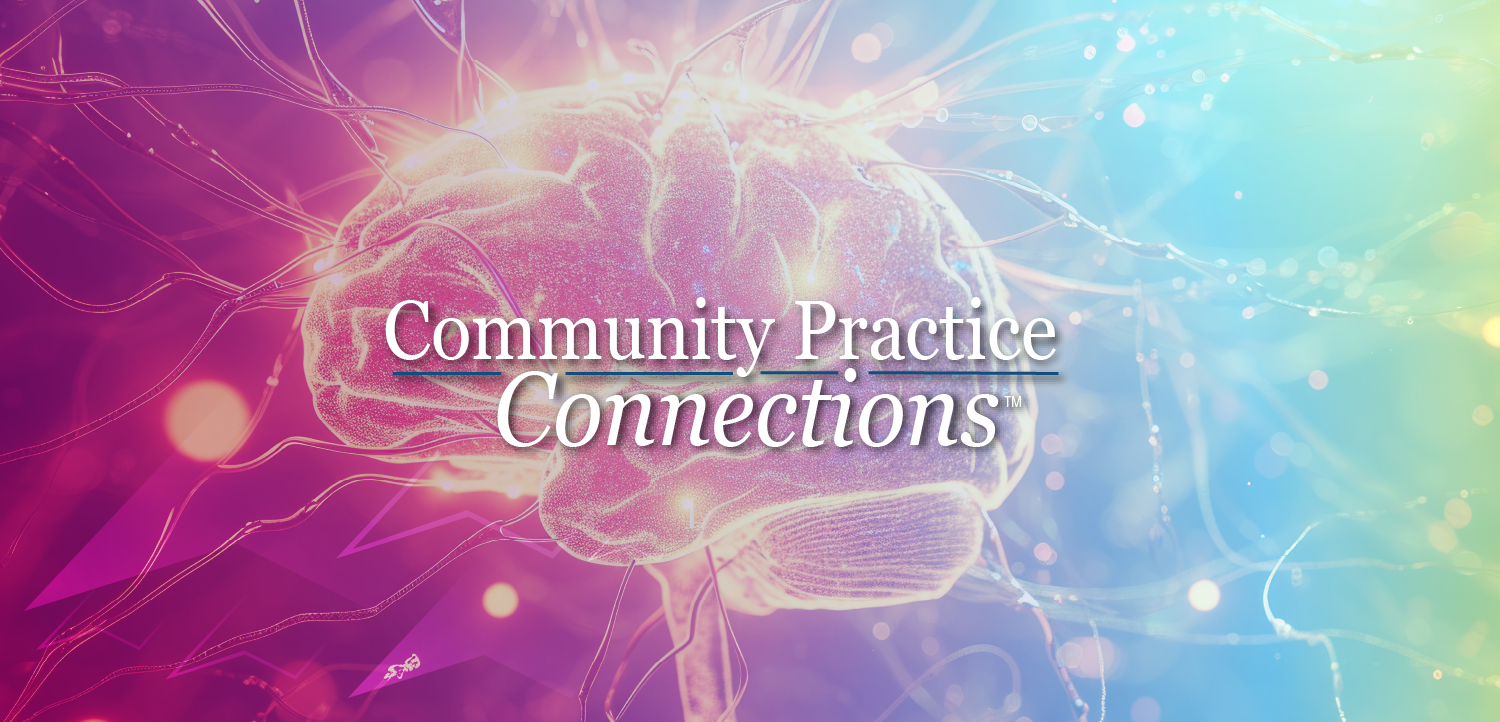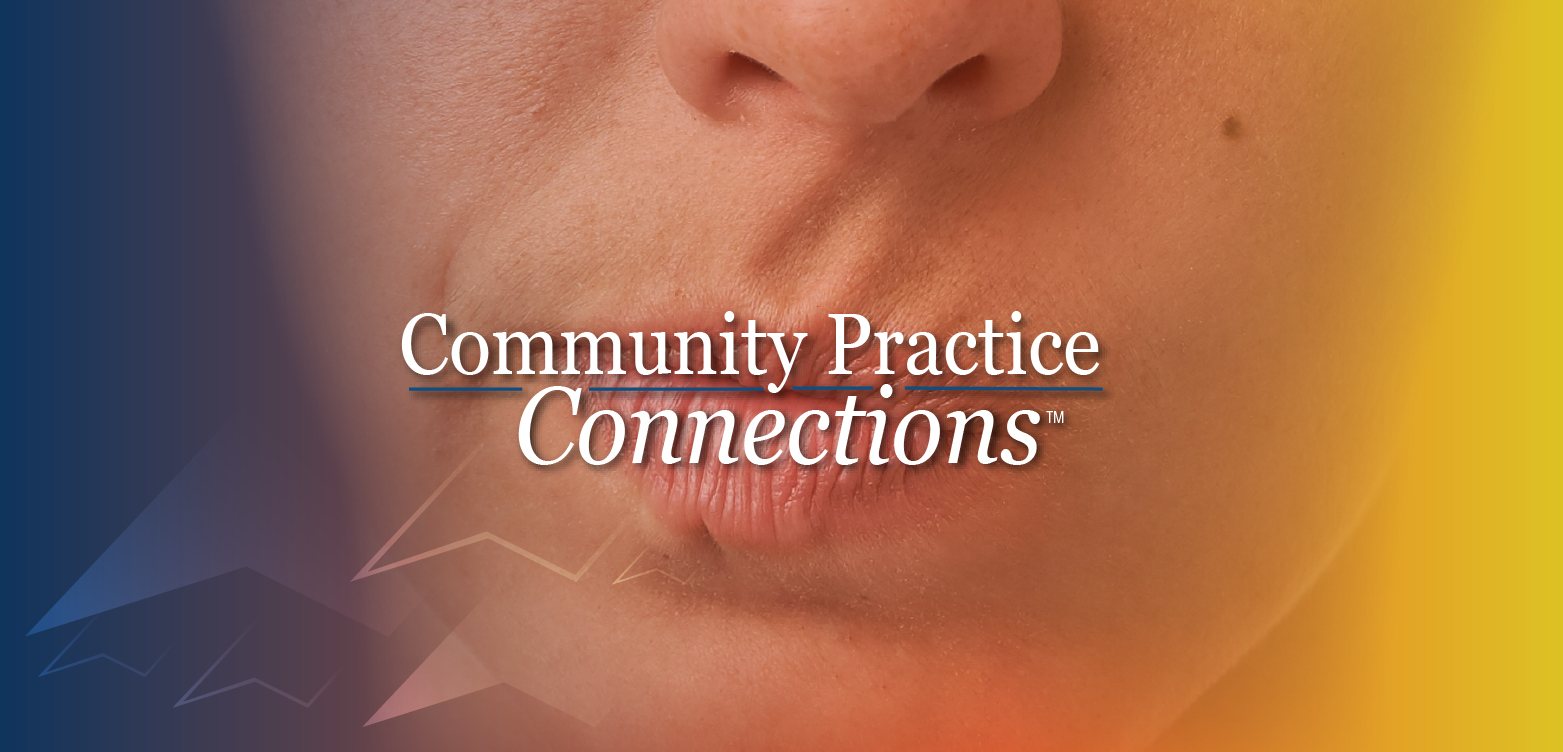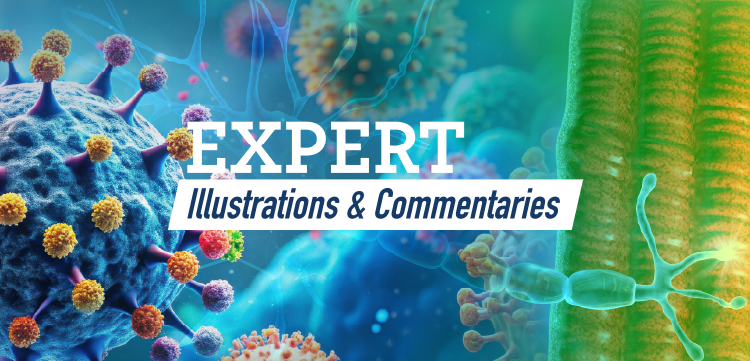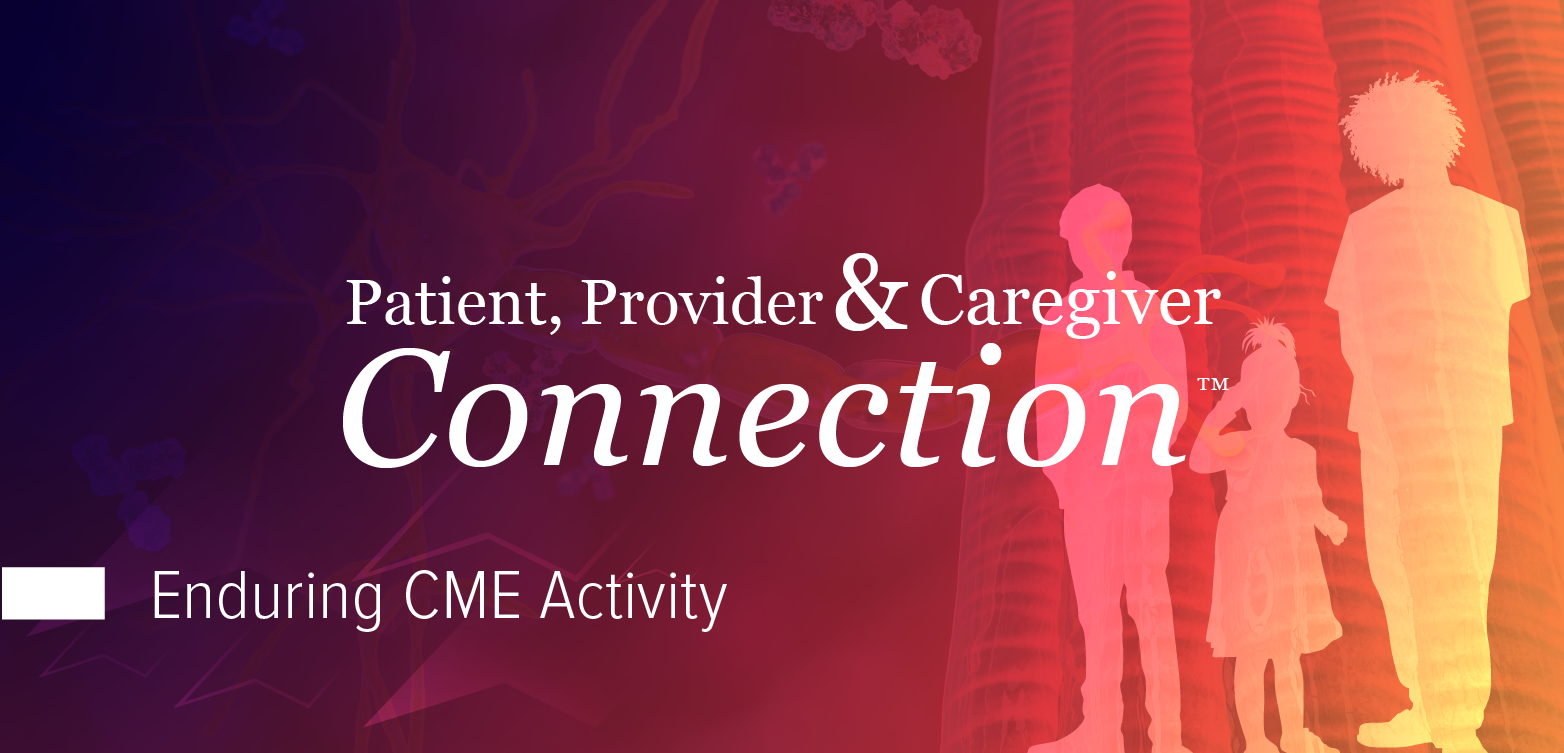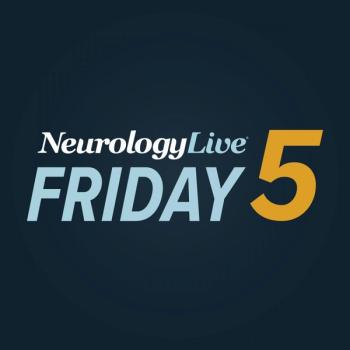
Emerging Pharmacotherapies Offer New Hope in Obstructive Sleep Apnea Treatment
The director of sleep health at Flinders University discussed the latest clinical advances in pharmacotherapy, precision treatment targets, and combination strategies for obstructive sleep apnea.
Obstructive sleep apnea (OSA) is a highly prevalent sleep disorder characterized by repeated upper airway collapse during sleep, leading to intermittent hypoxia, fragmented sleep, and excessive daytime sleepiness. Affecting an estimated 936 million adults globally, OSA poses a significant public health burden due to its associations with cardiovascular disease, metabolic disorders, cognitive impairment, and reduced quality of life.
Traditionally managed with continuous positive airway pressure (CPAP), OSA treatment is often limited by poor adherence due to discomfort and inconvenience. In response, growing research efforts are exploring pharmacologic options that target key mechanisms such as airway muscle tone and ventilatory control. The idea of pharmacotherapy for OSA was a focal point of a talk given by researcher Danny Eckert, PhD, at the recently concluded
During the meeting, Eckert, director of sleep health at Flinders University, in Adelaide, Australia, sat down to provide more context on his presentation and the evolving landscape of pharmacologic therapies for OSA. In the interview, he discussed the shift from purely anatomical treatments to a precision medicine approach that targets non-anatomical factors like muscle responsiveness, respiratory control instability, and low arousal threshold. Eckert also highlighted promising combination therapies, such as GLP-1 receptor agonists and noradrenergic/muscarinic agents, and emphasizes the need for more accurate diagnostics using multi-night data.
NeurologyLive: Provide a little bit of an overview of your presentation and why this was a topic of interest for you.
Danny Eckert, PhD: Developing pharmacotherapy for sleep apnea has been a long quest for the field, and we're now at an exciting time where we’re starting to get some options that are coming through and being viable. The first is tirzepatide, which was recently approved for weight loss and is also helping with sleep apnea—we recruited patients for that study. But there are other developments too, looking at additional targets. There are different reasons people get their sleep apnea, which is a disorder estimated to affect nearly a billion people around the world. Now, we’re seeing exciting options that more directly treat this common respiratory disorder.
How have we improved the tailored approach of pharmacotherapy for sleep apnea?
The discovery science has really allowed us to learn a lot more about this common disorder. When I entered the field 25 years ago, it was very much focused on the anatomy—that area between the back of the throat and the back of the nose, which collapses repeatedly. Interventions like CPAP, surgery, and oral appliances have aimed to improve that narrow or collapsible upper airway. But through the research that colleagues and I have done, we now realize there are at least three non-anatomical contributors to sleep apnea. In fact, 70% of people with sleep apnea have one or more of these non-anatomical factors contributing to their pathophysiology.
That work has laid the foundation for a more precision medicine approach. We can now target each of those traits, at least in research, and are beginning to see developments translate into clinical use. Those non-anatomical contributors include things like muscle responsiveness—there are about 25 pairs of muscles around the upper airway, and like all muscles, they relax during sleep. If you already have a narrow airway, that relaxation can cause obstruction. Poor muscle responsiveness is one major factor, but we now have several drug targets in development aimed at improving this.
Another factor is respiratory control—how sensitive you are to carbon dioxide. CO2 is the main driver of breathing during sleep, and if your levels drop too low, you’ll stop breathing, which in turn stops the activation of airway muscles. At least a third of patients are too sensitive to CO2 changes during the night. There are targets being explored to stabilize that sensitivity.
Lastly, there's increasing recognition of comorbid insomnia or what we call a low respiratory arousal threshold—light sleepers who struggle to get into deeper stages of sleep. Since breathing improves in deeper sleep, these patients wake too easily, which prevents muscle activation and contributes to apnea. This is another area with therapeutic potential.
What potential do combination approaches have in obstructive sleep apnea?
Before we get into combination therapies, I’ll talk about some of the specific targets for each non-anatomical trait. For the airway muscles, we have hypoglossal nerve stimulation and new research showing we may be able to stimulate other surrounding muscles. So, we’re talking about a sort of pacemaker for the airway.
Pharmacologically, earlier work suggested serotonin might be important for sleep-related muscle tone, but that didn’t translate to humans. Thanks to work by Rich Horner’s group in Toronto, we now know the noradrenergic and muscarinic systems play bigger roles. A Boston-based group led by Andrew Wellman tested existing agents targeting those pathways, showing that a combination of noradrenergic and anti-muscarinic drugs reduced sleep apnea severity by about 65%. That led to a robust pipeline, and recently, a phase 3 study in over 650 people showed similarly meaningful results. That’s a big step forward.
Other approaches are also being tested. For example, using nasal sprays that stimulate airway reflexes by blocking potassium channels has shown some promise. Although the benefit hasn’t matched the noradrenergic/muscarinic combination, it’s still a potentially viable option for some patients.
When we look at respiratory control instability—what we call loop gain—carbonic anhydrase inhibitors like acetazolamide and newer agents from Sweden are showing 40–50% reductions in apnea severity.
We’ve also tried using sleep-promoting drugs to improve breathing during sleep, but those results have been modest. However, cognitive behavioral therapy for insomnia in patients who also have sleep apnea has shown improvements, possibly through increasing arousal threshold. So nonpharmacologic strategies are likely more promising for this mechanism.
On the combination side, we’ve run proof-of-concept studies where we reversed the standard approach—starting with oral appliances instead of CPAP—and added personalized interventions based on each patient’s pathophysiology. We added things like positional therapy, oxygen, or novel drugs depending on the traits identified. In this physiology-focused trial, we were able to treat nearly everyone without CPAP in the lab setting. That was an exciting finding.
There’s also interest in combining weight loss interventions like GLP-1 agonists, which reduce upper airway collapsibility, with other strategies like oral appliances or muscle-activating agents. That layered approach could yield full resolution of symptoms in many patients. We’re now in a place where we can think more broadly and precisely about these combinations.
Are there any innovations in clinical trials that could improve effectiveness over time?
Yes, one major shift we need is recognizing that sleep apnea severity can vary night to night. Currently, our gold standard diagnostic method is a single-night polysomnography. But studies have shown that if you test someone over multiple nights, the diagnosis category can change 20–50% of the time. That’s a major concern.
We did simulations showing that with a single-night test, you could miss the link to outcomes like incident hypertension up to 40% of the time. But if you collect data over 10–14 nights, you miss that outcome 0% of the time. Emerging technologies like under-mattress sensors and wearables now make this feasible. This has the potential to change how we run clinical trials and improve patient access to care.
What are some considerations for clinicians thinking of using GLP-1s for OSA?
Whenever a disruptive therapy enters a space, education is key. We need to train the workforce to use these agents appropriately, manage side effects, and identify the patients most likely to benefit. Obesity is a major risk factor for OSA, so GLP-1s are a welcome addition. But around 40–50% of people with sleep apnea are not obese—they’ll need different solutions.
This non-obese group tends to have more issues with arousal threshold and often struggles with CPAP. So, these patients might benefit more from combination strategies or newer therapies. It’s important for pulmonologists, neurologists, and others who don’t typically manage weight to become more familiar with these tools. With proper training and understanding, GLP-1s could play an important role in OSA management for the right subset of patients.
Newsletter
Keep your finger on the pulse of neurology—subscribe to NeurologyLive for expert interviews, new data, and breakthrough treatment updates.



